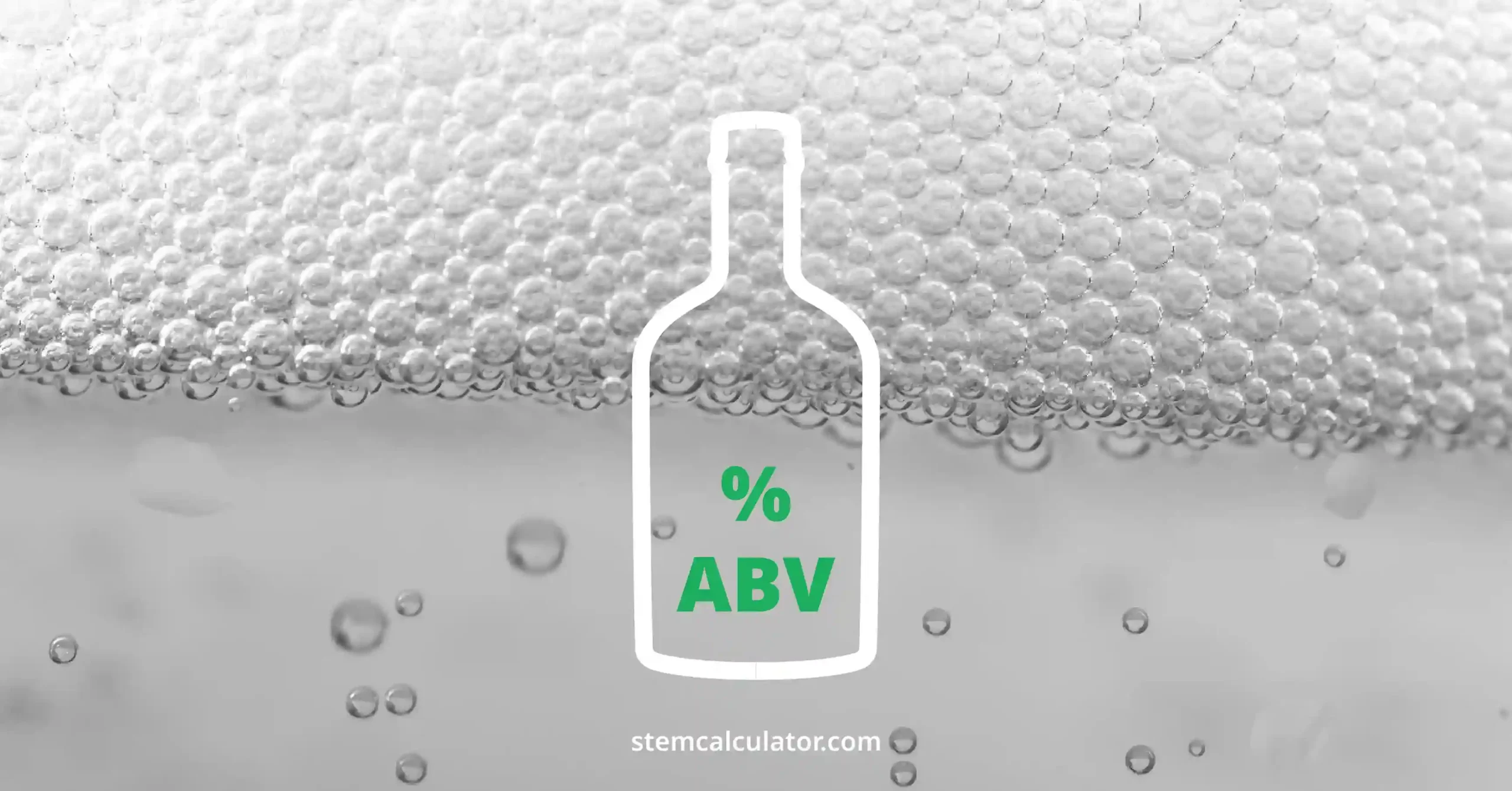Homebrewers often find themselves wondering about the strength of their latest creation. If you’ve been in this situation, you’re not alone. This article explores ABV (Alcohol by Volume) calculators and their importance in homebrewing. We’ll delve into the science behind these tools, examining concepts like specific gravity and how they contribute to a more precise brewing process. Whether you’re a seasoned brewer or just starting out, understanding ABV calculations can enhance your brewing experience. Let’s explore the world of alcohol calculators together.
What is ABV and Why Does It Matter?
ABV, or Alcohol by Volume, measures the alcohol content in beverages. This percentage indicates the strength of your beer, wine, or spirit. It’s a key factor that influences both the flavor profile and the potency of the drink. Understanding ABV helps brewers and consumers alike gauge the characteristics of different alcoholic beverages.
The Science Behind ABV Calculations
Understanding Gravity
In brewing, gravity refers to the density of beer wort relative to water. The process primarily involves two measurements: Original Gravity (OG) and Final Gravity (FG). These readings are crucial for determining the beer’s alcohol content and other characteristics.
Original Gravity (OG) measures the sugar content in your wort before fermentation kicks off. Final Gravity (FG) is what you get after fermentation, indicating how much sugar has turned into alcohol and CO2. The magic happens when you subtract FG from OG, giving you the basis to calculate ABV.
The Role of Hydrometers
Brewers use a tool called a hydrometer to measure gravity. This device floats in the liquid and provides a reading based on density. It’s a straightforward but essential instrument for determining Original Gravity (OG) and Final Gravity (FG) in brewing.

Using Our ABV Calculator
Using our ABV Calculator is simple and straightforward. Just follow these steps:
Step 1: Select Gravity Unit
- Choose your preferred gravity unit from the dropdown menu. You can select between:
- Plato °P
- Specific Gravity (SG)
Step 2: Enter Original Gravity (OG)
- Input the Original Gravity (OG) value of your wort before fermentation in the OG field. This is the density measurement of your wort.
Step 3: Enter Final Gravity (FG)
- Input the Final Gravity (FG) value after fermentation in the FG field. This measures the density after fermentation.
Step 4: Calculate
- Click the “Calculate” button to process the information. The results will display instantly below the button.
Step 5: View Results
- Review the results, which include:
- Alcohol by Volume (ABV): The percentage of alcohol in your brew.
- Apparent Attenuation: The percentage of sugar converted to alcohol and CO2.
- Calories: The estimated calories per 12oz bottle of your brew.
This simple guide ensures you can easily and accurately calculate the ABV of your brew. Happy brewing!
Our calculator uses the following formulas:
ABV = (OG−FG) × 131.25
Calories = 2.5 × ABV × Ounces of beer
Specific gravity converter
Specific Gravity = 1 + (plato / (258.6 - ((plato / 258.2) * 227.1)))
Tips for Accurate Measurements
- Mind the Temperature: Gravity readings should be taken at the temperature your hydrometer is calibrated for (usually 60°F or 20°C). If not, use a correction chart to adjust your readings.
- Clean Gear: Keep your hydrometer and sampling equipment clean to avoid contamination and skewed results.
- Consistent Sampling: Take samples from the same point in your process each time to maintain consistency.
Conclusion
This ABV calculator is a great tool for estimating the alcohol content in your homemade drinks. However, it’s not a substitute for professional advice or testing. For precise results, especially for commercial purposes, consult with a professional or use laboratory-grade equipment.

